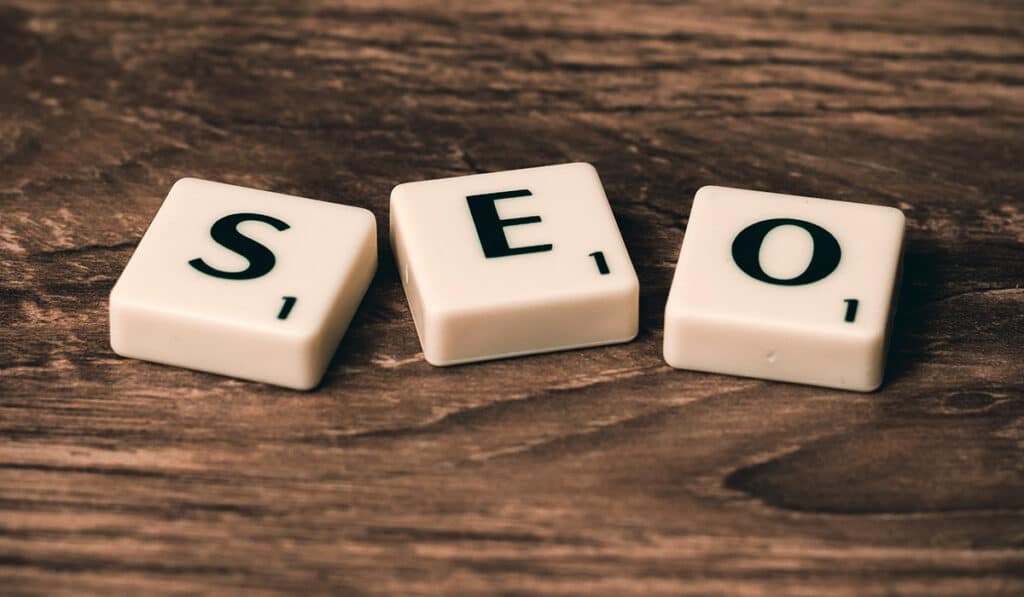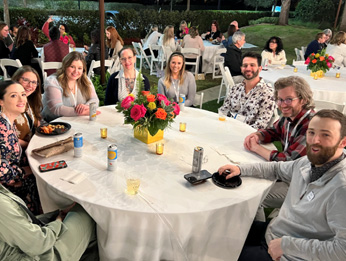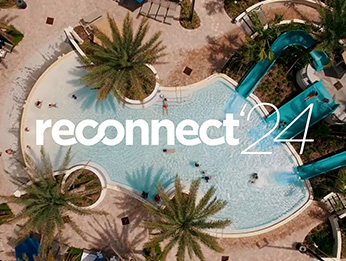
Nearly anything you do in life is subject to the principle that you’ll get 80% of your results from 20% of your input. Often referred to as “low-hanging fruit.”
Said differently…here are five important marketing problems that can be fixed quickly and make everyone look like geniuses.
When you begin using the web to market your business, there are a few important things that most people get wrong initially. Look over this list to see if you have any offenders in your business. Then, this week, work on cleaning them up.
#1: Where is the call to action?
When you want someone in your audience to take some action (sign up for your email list, buy something, sign a petition, go for a walk, etc.), tell them what to do. Copywriters call this the call to action [CTA], and it’s the fastest way to make your copy more effective. Even huge businesses with massive marketing budgets can miss this one, so don’t feel bad.
Tell them clearly and succinctly. Please, don’t be “clever” with this element! If you want someone to click a link to sign up for your awesome email newsletter, use the words “Click here to sign up for our awesome newsletter.”
Your homework this week: Look critically at the key pages on your site. Do you have a clear call to action on each page? Are they simple and unambiguous? Could they be a little stronger?
#2: No one can figure out what you do
If you prepare taxes, the words Tax Preparation need to be right at the top of your site. Since you’re a hearing healthcare provider, those words should be hearing loss, hearing doctor, Audiology, etc. Make sure the word Hearing is front and center.
Too many businesses get into a marketing exercise of diving deep into what their customers want (which is a good thing to do), and end up with tag lines like “Enriching lives and communication through core auditory treatment strategies.” That’s fine as your personal mission for how you’ll help people. But it leaves your audience with no idea what you do. Don’t get clever about how you describe what you do. Use the language that your audience uses. (This is particularly helpful for your SEO copywriting.)
Tax preparer. Copywriter. Zumba instructor. Physical therapist… Audiologist. Hearing Doctor.
Your homework: How does a normal person describe what you do? What specific words do they use? Go to your home page and your About page right now. Are those words clearly visible?
#3: There’s no benefit in the headline
First, you need to understand that “clever” headlines don’t work nearly as well as headlines that clearly communicate a benefit. Will your audience learn to identify the early signs of hearing loss in their friends and family? That’s what should be in the headline.
There are many techniques for producing a more effective headline, and you should spend the time to learn and master them, or allow those who write yours the license to apply their skills.
Here is one method you can implement right away, and that you can mentally check every time you publish a piece of content:
Your homework: Take a look at any content you’re publishing this week. (Blog posts, email newsletter articles, videos, etc.) What benefit does the audience get from reading, watching, or listening? Make certain that benefit gets into your headline.
#4: The customer isn’t ready for you
Most businesses don’t work like lemonade stands. If you are walking down the street and see a lemonade stand, you’ll buy lemonade, assuming you’re thirsty. Very simple. But your business is more complex than that.
Because you’re using “content marketing” to build an audience, you’ll be attracting some people who aren’t thirsty just yet. Some of your audience may have plans to be thirsty at some point in the next 30 days. Some of your audience isn’t ever going to get thirsty, but they interact with a lot of thirsty people, so they may want to refer you later. You need a way to “park” your entire audience, and keep them interested and engaged until they’re ready to make a purchase.
There are a lot of ways to do this, and not all of them fall into the “quick fix” territory. But one that you can implement this week is to add “no obligation” actions to your marketing plan.
For example a sequence of messages that you’ll send to every new subscriber to your newsletter list. It’s a brilliant way to hold your audience’s interest until they’re ready for what you have to offer.
You don’t need to write an entire sequence this week. But you can get one or two messages written (say, a “Welcome” and a “Did you know?” message to start.) Then add others to the mix as you get customer feedback, until you’ve got a robust sequence that holds on to your prospect’s attention until they are ready to buy (or refer).
Your homework: If you have a newsletter list in place now, outline a sequence of messages that will keep your audience interested and connected. Then write the first message and add it to your plan. If you don’t have a newsletter list yet, get one in place. Your customer’s attention is a precious commodity. Don’t waste it — capture it so you can continue to benefit them.
#5: You’re ignoring your existing customers
Want to know the smartest, most effective, and least expensive place to find new customers? It’s your database of existing customers. Those existing customers can bring in new business in at least three different ways:
- They can buy something else you have to offer.
- They can refer their friends.
- They can pass along marketing content you create (like blog posts or email newsletters. )
Of course, that means those content items have to be great – and identify benefits clearly!
You need one important characteristic to make this work: You have to care (a lot) about your customers, and you have to let them know how much you care. Most companies, large and small, make a transaction with a new customer, and that’s the end of it. They might send additional offers at some point, but they rarely do anything to make the relationship tighter and more meaningful.
So while you might think your homework would be to craft some kind of sales pitch to go out to existing customers, you need to do something entirely different instead.
Your homework: Think of a small way to surprise and delight the customers who have already given you money.
– It might be a free Q&A.
– It might be a special piece of content, like a newsletter, article, or white paper, that you offer them for free as a thank-you for their business.
– It might be a convenience discount on a related product they’ve been thinking about picking up or adding on.
– It might be some special after-purchase information on how to get more out of what they’ve already bought from you.
So, what small “thank-you” gift could you send your customers today, to let them know you think they’re pretty awesome? Then “bake that in” to your sales timeline, so that your future customers have just as great an experience after the sale as they do before the sale.
Want more direction or help with these concepts?
Speak with your CQ Associate Manager today or send an email to associateservices@cq-partners.com.







